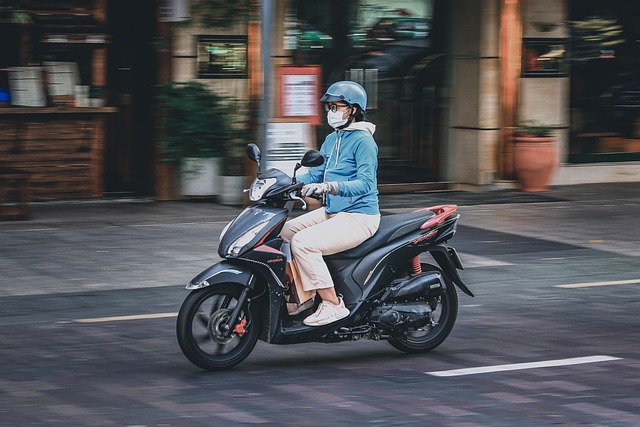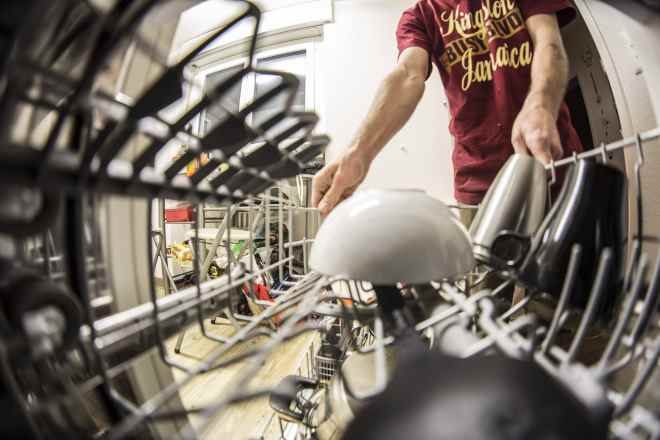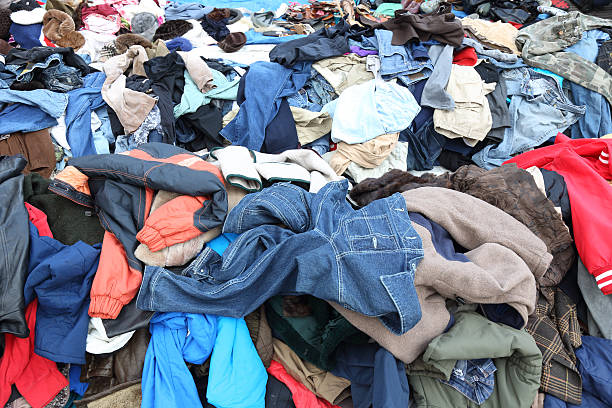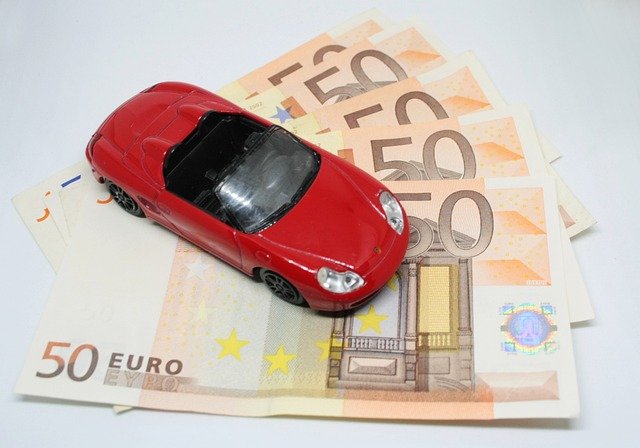Motorcycles in Malaysia: A Flexible Means of Transportation
In Malaysia, motorcycles are gaining increasing popularity as a means of daily transportation. They offer a flexible and convenient way to commute in both urban and rural areas. Modern motorcycle designs focus on comfort and practicality, while also incorporating environmental considerations and fuel efficiency to provide users with a stable experience.

In a country where traffic congestion is a daily reality and fuel efficiency matters, motorcycles have emerged as a practical choice for countless Malaysians. Their compact size, affordability, and ease of maneuverability make them ideal for various transportation needs. From students commuting to campus to professionals heading to work, motorcycles provide a reliable means of getting around that adapts to both urban environments and rural settings.
The popularity of motorcycles in Malaysia is evident in the sheer number on the roads. They weave through traffic jams with ease, park in tight spaces, and consume significantly less fuel than cars. This combination of practicality and economy has made motorcycles the preferred choice for many households, particularly as a primary or secondary vehicle.
What Types of Motorcycles Are Available?
A wide variety of motorcycle types caters to different needs and preferences across Malaysia. Commuter bikes, also known as underbone or cub motorcycles, dominate the market due to their fuel efficiency and affordability. These lightweight machines are perfect for daily errands and short-distance travel, typically ranging from 100cc to 150cc engines.
Sport bikes appeal to enthusiasts seeking performance and speed, while cruisers offer a more relaxed riding experience with comfortable seating positions. Adventure and touring motorcycles are designed for long-distance travel and can handle diverse road conditions. Scooters, with their automatic transmission and step-through design, provide convenience for riders who prefer a simpler riding experience. Each type serves a specific purpose, allowing riders to choose based on their lifestyle, budget, and intended use.
How Simple Is Motorcycle Maintenance?
Basic motorcycle maintenance is simple and can be performed by most riders with minimal mechanical knowledge. Regular tasks include checking tire pressure, monitoring oil levels, cleaning and lubricating the chain, and inspecting brake pads for wear. These routine checks help ensure the motorcycle runs smoothly and safely.
Most motorcycles require oil changes every 3,000 to 5,000 kilometers, depending on the model and usage. Air filter cleaning or replacement should be done periodically to maintain engine performance. Spark plugs typically need replacement every 10,000 to 15,000 kilometers. Many riders learn to perform these basic tasks themselves, saving money on service costs. For more complex repairs involving the engine, transmission, or electrical systems, professional mechanics are recommended. The simplicity of motorcycle mechanics compared to cars makes ownership more accessible and less intimidating for new riders.
Can Motorcycles Handle Different Road Conditions?
Motorcycles can be used on both urban and rural roads, demonstrating remarkable versatility across Malaysia’s diverse terrain. In cities like Kuala Lumpur, Penang, and Johor Bahru, motorcycles navigate through dense traffic, narrow lanes, and congested intersections with agility that larger vehicles cannot match. Their ability to filter through traffic legally in many situations saves riders considerable time during peak hours.
In rural areas, motorcycles prove equally capable on less developed roads, including unpaved paths, gravel tracks, and hilly terrain. Many villages and kampungs rely heavily on motorcycles for transportation due to limited public transport options. The lightweight nature of most motorcycles makes them easier to handle on uneven surfaces, while their fuel efficiency is particularly valuable for longer rural journeys where petrol stations may be sparse. Whether crossing the Genting Highlands or traveling through the paddy fields of Kedah, motorcycles adapt to the environment with ease.
Are Motorcycles Practical for City Commuting?
Motorcycles are suitable for urban commuting and short trips, offering significant advantages over cars in congested metropolitan areas. The average commute time for car drivers in Kuala Lumpur can exceed an hour during rush hour, while motorcycle riders often complete the same journey in half the time. Parking is another major benefit—motorcycles require minimal space and can be parked in designated motorcycle bays that are abundant and often free.
Fuel consumption for commuter motorcycles typically ranges from 30 to 50 kilometers per liter, compared to 10 to 15 kilometers per liter for most cars. This efficiency translates to substantial savings over time, especially for daily commuters. The lower purchase price of motorcycles compared to cars also makes them accessible to a broader demographic, including young professionals and students. Insurance costs are significantly lower, and road tax for motorcycles is minimal. These economic factors, combined with time savings, make motorcycles an attractive option for city dwellers who need reliable daily transportation.
How User-Friendly Are Motorcycles for Daily Use?
The motorcycle is easy to use and suitable for daily commuting, particularly for those who have obtained proper training and licensing. Modern motorcycles feature user-friendly designs with intuitive controls, comfortable ergonomics, and reliable starting systems. Automatic scooters eliminate the need for manual gear shifting, making them accessible even to beginners who may find clutch operation challenging.
Learning to ride a motorcycle in Malaysia involves completing a certified course through driving schools recognized by the Road Transport Department (JPJ). The B2 license allows riders to operate motorcycles up to 500cc, while the B Full license permits any engine capacity. Training typically covers basic handling, traffic rules, emergency braking, and defensive riding techniques. Once licensed, riders quickly adapt to daily use, developing confidence and skill through regular practice. The relatively low learning curve compared to driving a car means new riders can become proficient within weeks of obtaining their license.
Conclusion
Motorcycles have earned their place as a flexible and practical transportation solution throughout Malaysia. Their versatility across different road types, ease of maintenance, variety of models, and suitability for urban commuting make them an excellent choice for many Malaysians. The combination of affordability, fuel efficiency, and time-saving benefits continues to drive their popularity. As cities grow more congested and fuel prices fluctuate, motorcycles offer a sustainable and economical alternative that adapts to the diverse needs of riders across the country. Whether for daily commutes or weekend adventures, motorcycles provide the freedom and flexibility that modern Malaysian life demands.




